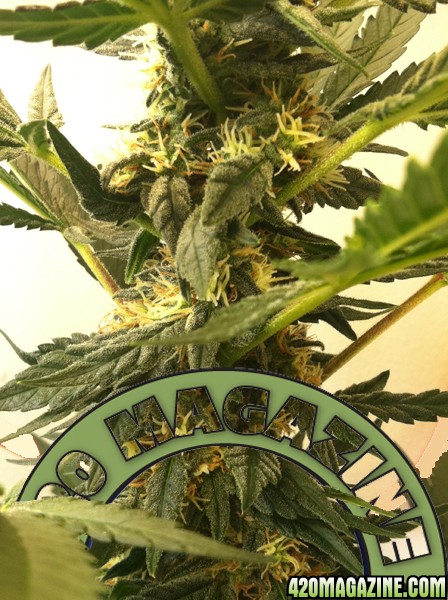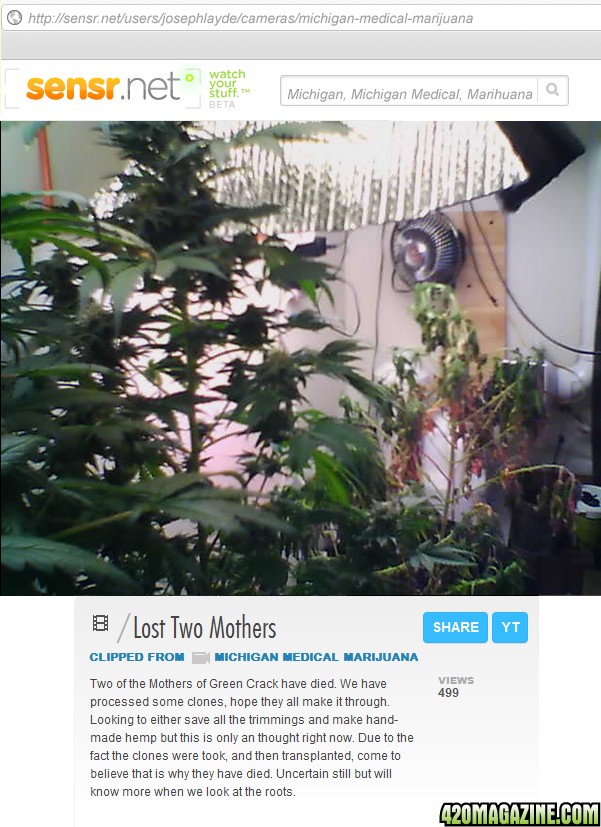- Thread starter
- #121
I did just a light misting when I added more lady beetles today. I don't usually water, but it was just a light misting. At least, that's what the directions said to do =\
I do occasionally do a misting, but only because i read that its ok, as long as you have good air circulation (I have outdoor air, coming into the closet.) So, always new air. Also, you have to have low humidity. (I have about 20-30%). With temp going to 74 at night, and 84 during the day. I only mist once a week, max about 2 times a week.
Let me know if this is ok, or if what I read was a lie! lol. Thank you 420 and all for helping, we're all growing this together!
I do occasionally do a misting, but only because i read that its ok, as long as you have good air circulation (I have outdoor air, coming into the closet.) So, always new air. Also, you have to have low humidity. (I have about 20-30%). With temp going to 74 at night, and 84 during the day. I only mist once a week, max about 2 times a week.
Let me know if this is ok, or if what I read was a lie! lol. Thank you 420 and all for helping, we're all growing this together!








